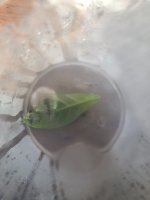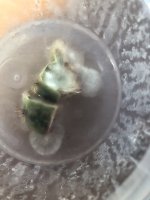Woolmer
Esteemed member
I was wondering if anyone here has any experience with tissue cultures. I noticed that there is very little discussion of this on the Nexus so I wanted to get a thread going as this could be a very interesting route for growing ethnos and perhaps even manipulating alkaloid content.
I recently received supplies and will be having my go at this. To note I have no experience in any scientific field. Everything will be done in a kitchen environment and logged here, including recipes and methods.
Attached below is a paper listing alkaloid production in Cereus Peruvianus TC.
A quote from that paper: "The ratio of alkaloid concentration between mature plant and morphologically undifferentiated cells of callous tissue was 1∶1.7. A relationship between culture medium containing tyrosine and alkaloid production was also observed in the callous tissues of C. peruvianus".
I recently received supplies and will be having my go at this. To note I have no experience in any scientific field. Everything will be done in a kitchen environment and logged here, including recipes and methods.
Attached below is a paper listing alkaloid production in Cereus Peruvianus TC.
A quote from that paper: "The ratio of alkaloid concentration between mature plant and morphologically undifferentiated cells of callous tissue was 1∶1.7. A relationship between culture medium containing tyrosine and alkaloid production was also observed in the callous tissues of C. peruvianus".





